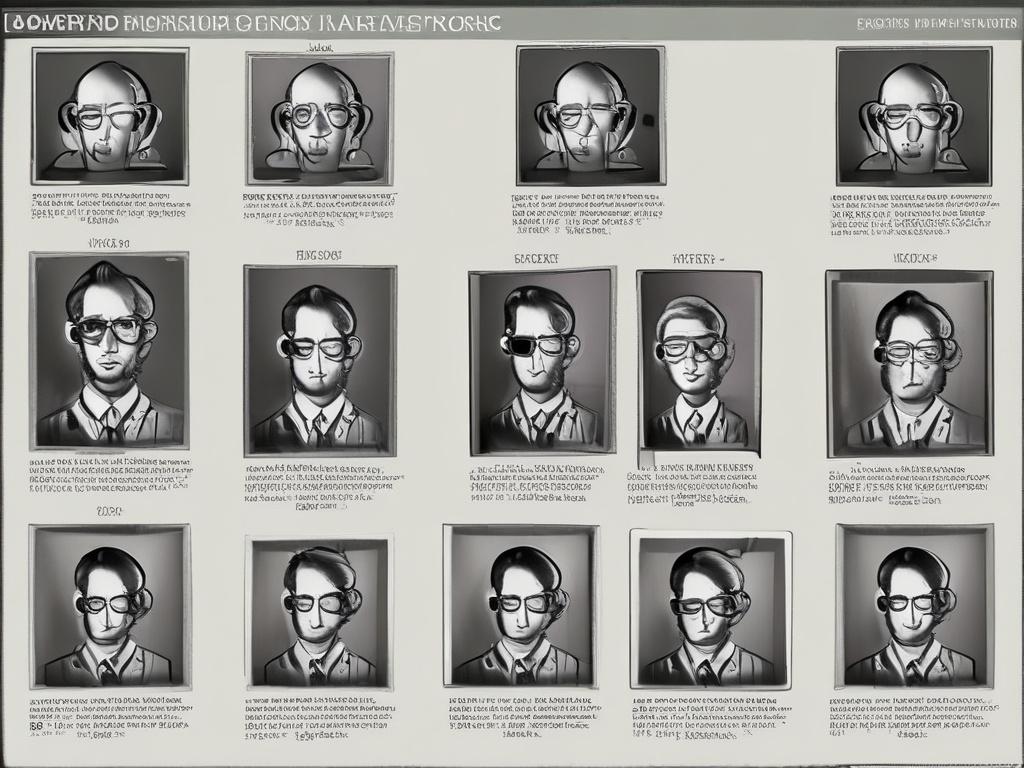
In an age where transparency is increasingly demanded from those in power, the shadows of covert operations continue to loom large over society. Many citizens remain unaware of the hidden threats posed by local law enforcement and government officials who may engage in secretive tactics that undermine civil liberties and erode community trust. By exploring these covert dynamics, we can uncover the complexities that exist behind closed doors and understand how they affect our daily lives.
The impact of such secrecy extends far beyond individual encounters with authority. Covert strategies can significantly alter the relationship between the community and its law enforcement agencies, leading to suspicion, fear, and ultimately a breakdown of public trust. In this blog post, we will take a closer look at the unseen dangers posed by these operations, examining how their implications ripple through neighborhoods and affect the very fabric of our society. Join us as we unmask these covert activities and explore the hidden threats that challenge our understanding of safety and justice.
Understanding covert operations: A deep dive into hidden threats
Covert operations often remain shrouded in secrecy, making them difficult to detect and even harder to challenge. These operations, which can range from surveillance to undercover missions, are designed to remain hidden from public scrutiny. At their core, these activities aim to gather information, neutralize threats, or influence behaviors without revealing the operatives’ identities. However, the covert nature of these tactics can mask serious ethical and legal implications. By examining how these methods operate, we can begin to understand the hidden threats they pose, particularly when carried out by those in positions of power.
The risks associated with covert operations extend beyond individual cases; they have the potential to threaten the very fabric of societal trust. When government agencies and law enforcement engage in covert actions, they often do so without community awareness or consent. This lack of transparency creates an environment ripe for abuse, where individuals might be targeted without just cause, and public resources are utilized without accountability. As we delve deeper into the clandestine world of covert operations, let's uncover the mechanisms behind these hidden threats and consider their significant impacts on everyday citizens.
Local law enforcement and government officials: Uncovering the unseen dangers
Local law enforcement and government officials often operate under a veil of authority that can mask covert operations from the public eye. These entities may engage in surveillance, data collection, and other tactics in the name of public safety, but such actions can lead to unintended consequences. Citizens frequently remain unaware of how their privacy is compromised or how certain operations may infringe on their rights. The hidden nature of these activities raises critical questions about accountability and the ethical implications of using covert methods in law enforcement.
Moreover, the lack of transparency surrounding these operations fosters an environment of mistrust between communities and their governance. When citizens feel that their privacy is violated or that decisions are made behind closed doors, they become less likely to cooperate with law enforcement or engage positively with local officials. This disconnection can lead to a cycle of fear and misunderstanding, ultimately hindering the very public safety these operations aim to protect. By uncovering the unseen dangers posed by covert actions, we highlight the importance of open dialogue and accountability in building trust within our communities.
The impact of secrecy: How covert tactics affect community trust and safety
Secrecy in covert operations poses significant risks to community trust and safety. When local law enforcement or government officials engage in hidden tactics, they inadvertently create a culture of fear and suspicion among residents. People become wary of their protectors, questioning the motives behind every interaction. This erosion of trust can hinder cooperation between the community and law enforcement. A lack of transparency breeds misconceptions and fuels conspiracy theories, leading to an even more fractured relationship. Ultimately, when citizens feel they cannot rely on their officials, the very fabric of a safe and cohesive community begins to unravel.
Moreover, when covert tactics prioritize secrecy over community engagement, safety can suffer. Misunderstandings and misinformation can escalate into crises that harm not just the reputation of law enforcement but also the overall safety of the community. When residents become aware of covert operations, they may react defensively, leading to tensions and confrontations. This situation creates an environment where cooperation breaks down, putting both officers and citizens at risk. A balanced approach that emphasizes transparency and collaboration can mitigate these dangers and restore a sense of security and trust within the community, fostering a healthier relationship between officials and the public they serve.
Stay updated on our news and events! Sign up to receive our newsletter.
Thank you for signing up!
Something went wrong. Please try again later.